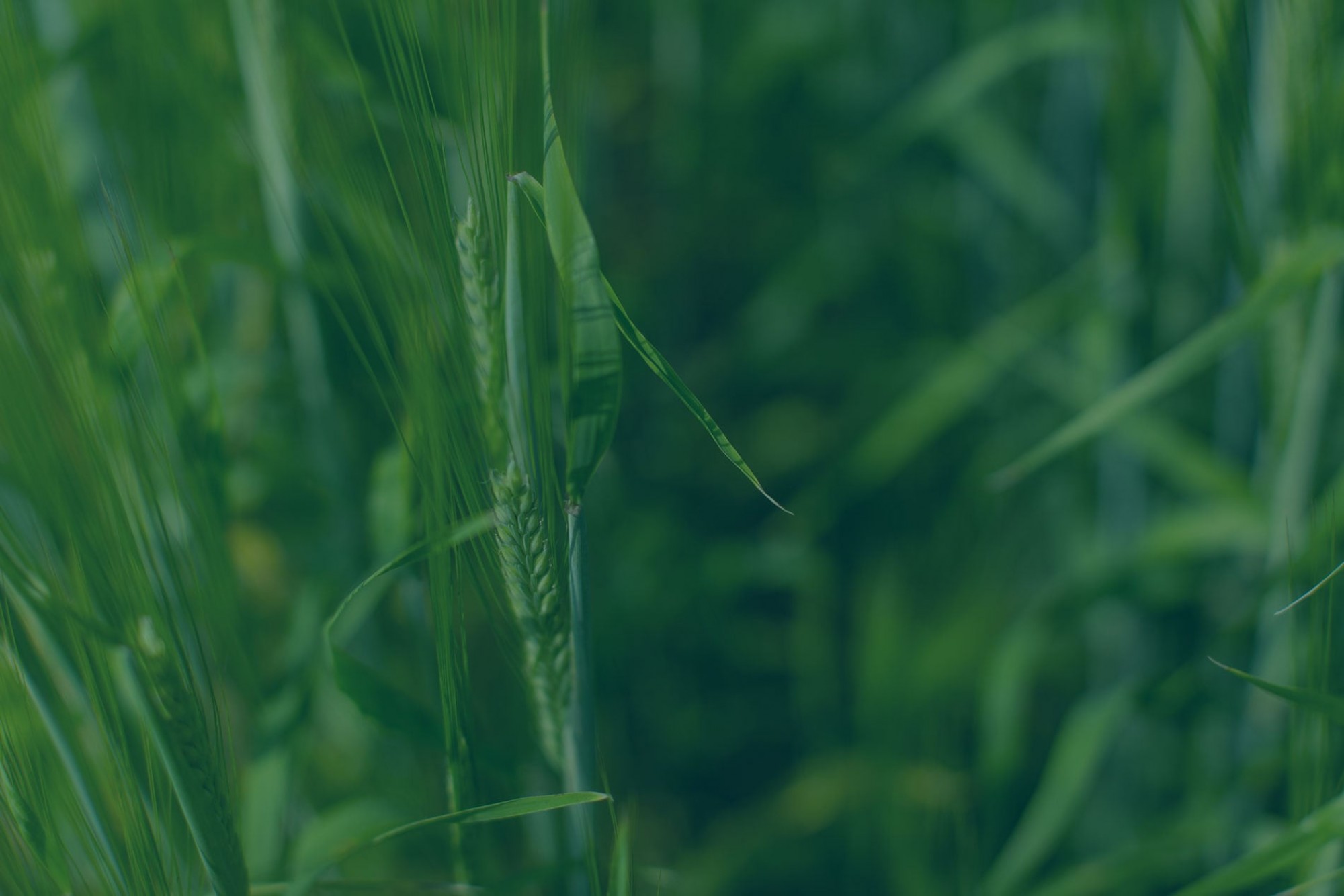Winter wheat: What to look for this spring
As the winter wheat green up in spring, it is the best chance to assess their winter survival and plant stand. Some of the common questions to ask during spring assessment include plant stand, spring fertilizers and pest scouting. The following are some of the common Q&A.
How is the overall plant stand?
- Follow the same plant stand assessment measures in the spring wheat article. Counting plant stand in winter wheat may be more challenging due to the tillers. Consider digging up a few plants to see how the individual plants look like at the stage. This helps with getting more accurate plant counts.
- The minimum plant stand to maintain the optimum yield potential is 23 plants/sq ft2 (250 plants/m2). Though winter wheat has considerable ability to tiller, they best yields are obtained with higher plant stands.
Are there patches of thinner plant stand?
- If not extensive – keep monitoring it, manage weeds in the patches. Research has shown that plant stands as low as 7 to 8 plants/ft2 may yield 70-80% of a normal stand. Winter wheat has considerable abilities compensate lower plant stand by tillering.
- If large patches are present – the decision comes to whether to reseed or not.
- If the decision is not to reseed, manage weeds properly on the patch.
- One way to manage the patch is to seed winter cereal on the bare patch, providing ground coverage without producing grains.
- Seeding spring wheat into the large gaps is another option. However, this may create difficulties in timing the agronomic management as the spring wheat might be at a different stage. In addition, because of the mixture of varieties/classes, the harvested grain may only be eligible for feed at the elevator.
- If plant stands are determined to be unacceptable, reseeding may be a more realistic decision. Reach out to crop insurance agents before destroying any crops or re-seeding.
Which growth stage is the crop at?
- Earlier-seeded winter wheat may be more advanced in growth stage by the time of spring. Assess the crop stage and compare with the seeding date. This helps to determine if the fall seeding time was adequate or late. Adjustments in future years can be made based on this information.
- Assessing crop stage also help timing the fertilizer correctly to align with crop needs. See the spring fertilizer section below for more info.

Picture 1. Growth stage differences of winter wheat planted 10 days apart in the fall. Source: Grain Farmers of Ontario https://gfo.ca/webinar/graintalk-webinar-managing-winter-wheat-in-the-spring/
Is spring fertilizer needed?
- Some growers may choose to split apply nutrients at both seeding in the fall, and at the Greenup stage in spring.
- Time spring N to align with crop N needs: 50-60% of N is taken up by the end of tillering stage. Apply spring N early to supply the crop with sufficient N and set up for high yield potential.
- If nitrogen is broadcasted in spring, consider potential practices to reduce N loss due to volatilization, such as:
- Use enhanced efficiency fertilizer containing a urease inhibitor .
- Apply within 48h before a sufficient rain event (>=0.8inch). Sufficient rain can incorporate the urea into soil and reduce losses due to volatilization.

Picture 2. Cereal nutrient uptake curve by growth stages. Source: Sandhu, N., Sethi, M., Kumar, A., Dang, D., Singh, J., & Chhuneja, P. (2021). Biochemical and genetic approaches improving nitrogen use efficiency in cereal crops: a review.Frontiers in plant science, 12, 657629.
Spring pests and diseases to look for in winter wheat
- Spring is the window to scout for cutworm and wireworm. Look for missing rows, delayed crop development or patchy thin plant stands.
- If cutworms are found in your field, report it on 2025 Cutworm Reporting Tool then view the live 2025 cutworm map updated daily .
- Find tips for wireworm scouting here!
- If conditions are favorable, leaf diseases such as Septoria leaf spot complex and powdery mildew may develop on winter wheat. Actively look for disease symptom while scouting to stay on top of them. Refer to the disease scouting cards for pictures and key symptoms.

Picture 3. Alberta live cutworm map, as of May 13th, 2025. Source: https://www.agric.gov.ab.ca/app68/listings/cutworm/cutworm_map.jsp
Resources:
Agronomic Management of Winter Wheat in Alberta – Alberta Agriculture
Fertilizing Winter Wheat in Southern Alberta – Alberta Agriculture
Concerned About a Poor Stand of Winter Wheat? - Manitoba Ministry of Agriculture
GrainTALK Webinar: Managing winter wheat in the spring – Grain Farmers of Ontario

